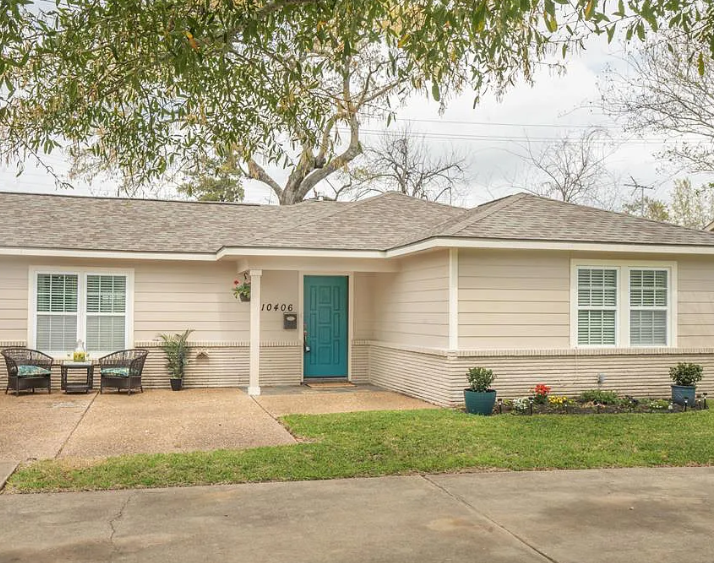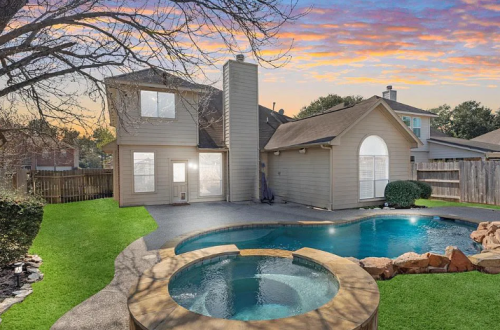Introduction: Sustainability is no longer a niche consideration in the real estate industry; it’s a fundamental driving force. As the world grapples with climate change and environmental consciousness grows, real estate is undergoing a green revolution. We buy houses in Deland Fl. In this blog post, we’ll explore the sustainability trends that are shaping the real estate sector in 2023.
1. Energy Efficiency and Net-Zero Homes:
- Energy-efficient homes and net-zero energy buildings are gaining traction. Buyers and renters are looking for properties equipped with features like solar panels, advanced insulation, and energy-efficient appliances, reducing their carbon footprint and utility bills.
2. Sustainable Design and Materials:
- Sustainable building materials and green design principles are becoming the norm. Developers are incorporating recycled and eco-friendly materials, as well as green building certifications like LEED (Leadership in Energy and Environmental Design) into their projects.
3. Smart Homes for Sustainability:
- Smart home technology is being leveraged for sustainability. Automated climate control, lighting, and energy management systems help homeowners reduce energy consumption while enhancing convenience.
4. Walkability and Transit-Oriented Development:
- Communities designed for walkability and easy access to public transportation are highly sought after. Reduced reliance on cars and shorter commutes are not only convenient but also environmentally friendly.
5. Green Spaces and Urban Gardens:
- The inclusion of green spaces, rooftop gardens, and urban farming initiatives within housing developments promotes sustainability and improves air quality. These spaces also foster a sense of community.
6. Water Conservation Measures:
- Water-efficient fixtures, rainwater harvesting systems, and drought-tolerant landscaping are being incorporated into both residential and commercial properties to reduce water waste.
7. Recycling and Waste Reduction:
- Properties are being designed with recycling and waste reduction in mind. This includes dedicated recycling areas, composting facilities, and initiatives to reduce single-use plastics.
8. Electric Vehicle Infrastructure:
- With the rise of electric vehicles (EVs), properties with EV charging stations are gaining popularity. Homeowners and renters are looking for convenient and sustainable transportation options.
9. Sustainable Communities:
- Developers are creating sustainable, eco-friendly communities that prioritize shared resources and reduce environmental impact. This includes co-housing, co-living, and eco-villages.
10. Green Certifications Matter: – Properties with sustainability certifications, such as ENERGY STAR, BREEAM (Building Research Establishment Environmental Assessment Method), and Green Globes, are highly regarded and often command higher prices.
11. Investor and Developer Commitment: – Real estate investors and developers are making long-term commitments to sustainability. Sustainable practices not only align with environmental goals but also enhance property value and marketability.
12. Government Initiatives: – Government incentives and regulations are encouraging sustainability in real estate. Tax credits, rebates, and green building codes are motivating property owners to adopt eco-friendly practices.
Conclusion: Sustainability has become a driving force in the real estate market, and it’s here to stay. Properties that embrace sustainability not only contribute to a greener planet but also appeal to environmentally-conscious buyers and renters. Whether you’re a homeowner, investor, or developer, understanding and integrating these sustainability trends is crucial in today’s real estate landscape.


